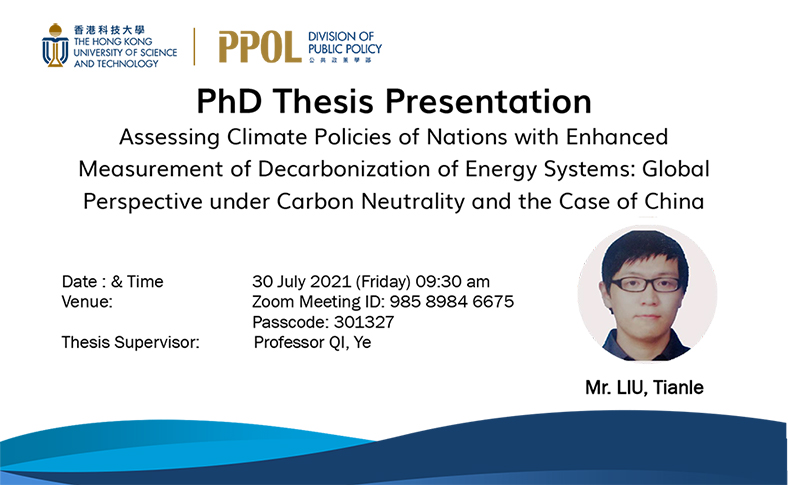
ABSTRACT
Environment and climate change is one of the most important issues facing the world today. In the 21st century, global warming, and consequent sea level rise, as well as the imbalance of ecosystem stability, have become one of the most urgent global issues. Scholars have called for further studies on the energy transition and carbon neutrality target to avoid the huge threat to the reproduction and survival of human beings in the future.
For the purpose of comparing the concrete effects of climate change actions in different periods and different countries and evaluating the long-term pathway to carbon neutrality with the minimum cost in China, the framework of the policy cycle is applied to analyze how the energy transition policy will work, and a qualitative and quantitative mixed approach was employed to conduct this study combining extensive literature collection and review, with participant observations and in-depth interviews in the field.
Firstly, this study seeks to find out the most appropriate definition of current energy transition and then identify a new indicator DCI to measure the progress of energy transition. By testing DCI with other indicators such as the energy-based carbon intensity and carbon emissions per capita, the project will prove that the DCI contains information about the climate footprint of carbon – the only source of CO2 emissions from energy use– in the energy carriers, which could help policy-makers keep track of their country’s decarbonization progress, the DCI also helps to review the evolution of the modern energy system. Secondly, this study aims to find the pathway of China’s energy transition towards carbon neutrality with minimum cost and the energy consumption, carbon emissions (or sink) from different sources, and total investment to give a brief roadmap about how China could achieve the carbon neutrality target. Thirdly, this study enriches the principle of IO-LCA model, and combines it with employment statistics to get the change of input-output on employment. Finally, this study concludes the characteristics of community governance and compares it with the traditional low carbon governance structure, which is of theoretical significance for constructing a multi-level low carbon governance system.
Organizer: Division of Public Policy (PPOL)
